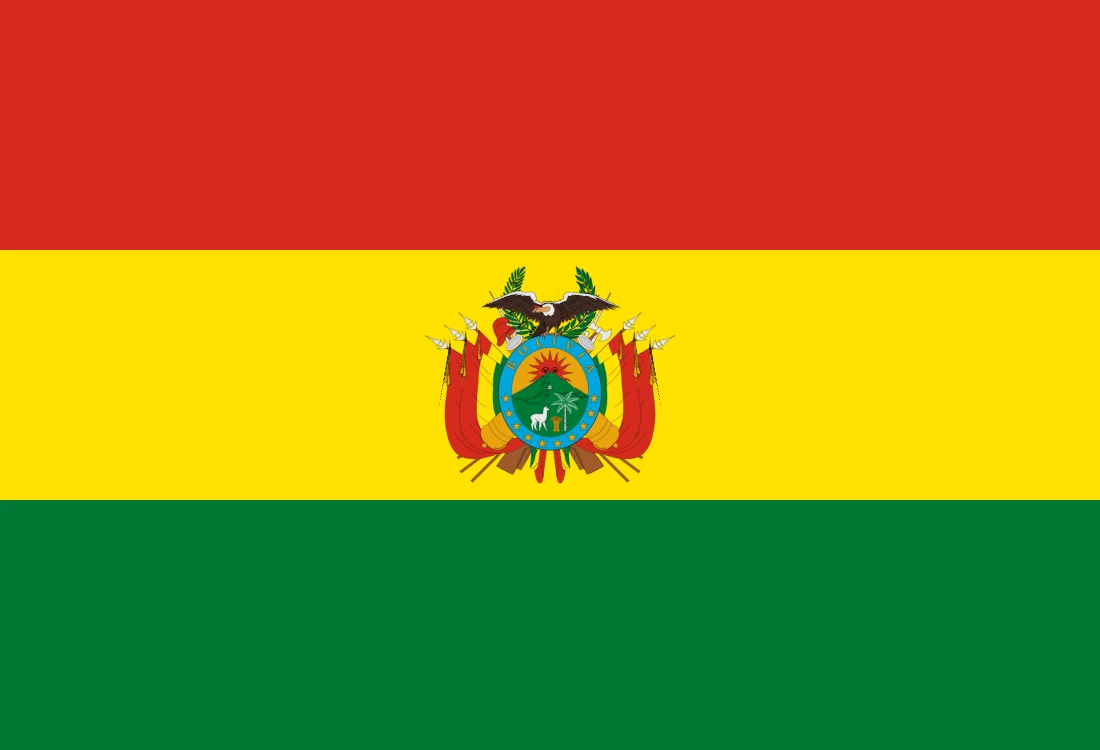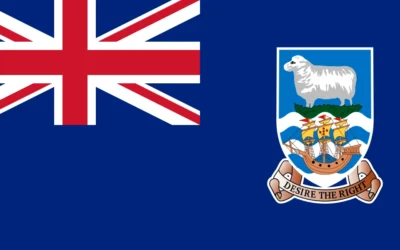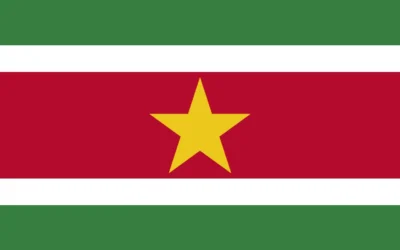Bolivia Travel Guide
Discover Why You Should Visit Bolivia
Why Visit Bolivia?
Bolivia is a land of striking contrasts, where ancient civilizations meet surreal landscapes. From the otherworldly salt flats of Uyuni to the rich cultures of the Andes and the mysteries of the Amazon Basin, Bolivia offers an authentic and immersive experience for travelers seeking adventure, culture, and nature.
Ideal for: Cultural explorers, outdoor adventurers, eco-travelers, and history enthusiasts.
Must-Know Facts
Capital/Major Cities: La Paz (administrative), Sucre (constitutional)
Language(s): Spanish, Quechua, Aymara, and other Indigenous languages
Currency: Boliviano (BOB)
Best Time to Visit: May to October (dry season)
Fun Fact: Bolivia has one of the world’s highest cities — El Alto sits at over 4,000 meters above sea level
Top Things to Do
Explore Salar de Uyuni, the world’s largest salt flat
Visit Lake Titicaca and the Isla del Sol
Wander the colonial streets of Sucre and Potosí
Discover the vibrant markets and Indigenous culture of La Paz
Venture into the Bolivian Amazon from Rurrenabaque
Local Culture & Lifestyle
Bolivia’s cultural identity is deeply rooted in Indigenous traditions, which remain strong across the country. Rural communities maintain ancestral customs, music, and clothing styles. Cities like La Paz and Cochabamba reflect a blend of modern and traditional lifestyles. Festivals, dances, and rituals are an integral part of life.
Food & Drink Highlights
Street Food: Salteñas, anticuchos, tucumanas
Restaurants: Silpancho, saice, chairo soup
Drinks: Singani (national liquor), api morado, mocochinchi
Desserts: Buñuelos, tojorí, helado de canela
Main Dish & Culinary Symbols
Signature Dish: Salteñas — savory baked pastries filled with meat, potatoes, and a slightly sweet, spicy sauce
Common Ingredients: Potatoes, corn, beef, quinoa, ají (chili pepper)
Culinary Culture: Influenced by Indigenous agriculture, Andean staples, and colonial Spanish techniques
Symbols & Icons of the Area
Natural Icons: Salar de Uyuni, Lake Titicaca, Andes Mountains, Madidi National Park
Cultural Icons: Cholita women, Andean textiles, Wiphala flag representing Indigenous peoples
Hidden Gems & Off-the-Beaten-Path
Toro Toro National Park — for caves, dinosaur footprints, and canyons
Sajama National Park — Bolivia’s highest peak and hot springs
Tiwanaku ruins — remnants of a pre-Inca civilization
Yungas Road — the famous ‘Death Road’ bike adventure
Shopping & Souvenirs
What to Buy: Alpaca wool scarves, silver jewelry, traditional Andean instruments, handwoven textiles
Where to Shop: Witches’ Market in La Paz, artisan markets in Sucre and Tarabuco
Getting Around
Public Transport: Minibuses and colectivos are common in cities
Driving: Possible in rural areas but conditions vary greatly
Flying: Recommended for long distances or remote destinations like Rurrenabaque or Uyuni
Travel Tips
Altitude sickness is common — acclimate slowly and stay hydrated
Weather can be unpredictable — pack warm layers even in dry season
Spanish or local Indigenous language knowledge is helpful outside tourist hubs
Always check transportation schedules and travel advisories ahead of time
Where to Stay
Budget: Guesthouses and hostels in La Paz, Sucre, and Uyuni
Mid-range: Boutique hotels and eco-lodges in the Andes or rainforest
Luxury: Salt hotels near Salar de Uyuni, heritage properties in Sucre
Unique: Community homestays on Lake Titicaca, jungle lodges, train hotels
Sample 4-Day Itinerary
Day 1: Arrive in La Paz, acclimate and explore markets and cable cars
Day 2: Visit Tiwanaku ruins and Valley of the Moon
Day 3: Fly to Uyuni, begin salt flat tour and overnight in a salt hotel
Day 4: Explore high-altitude lagoons and return to La Paz






0 Comments